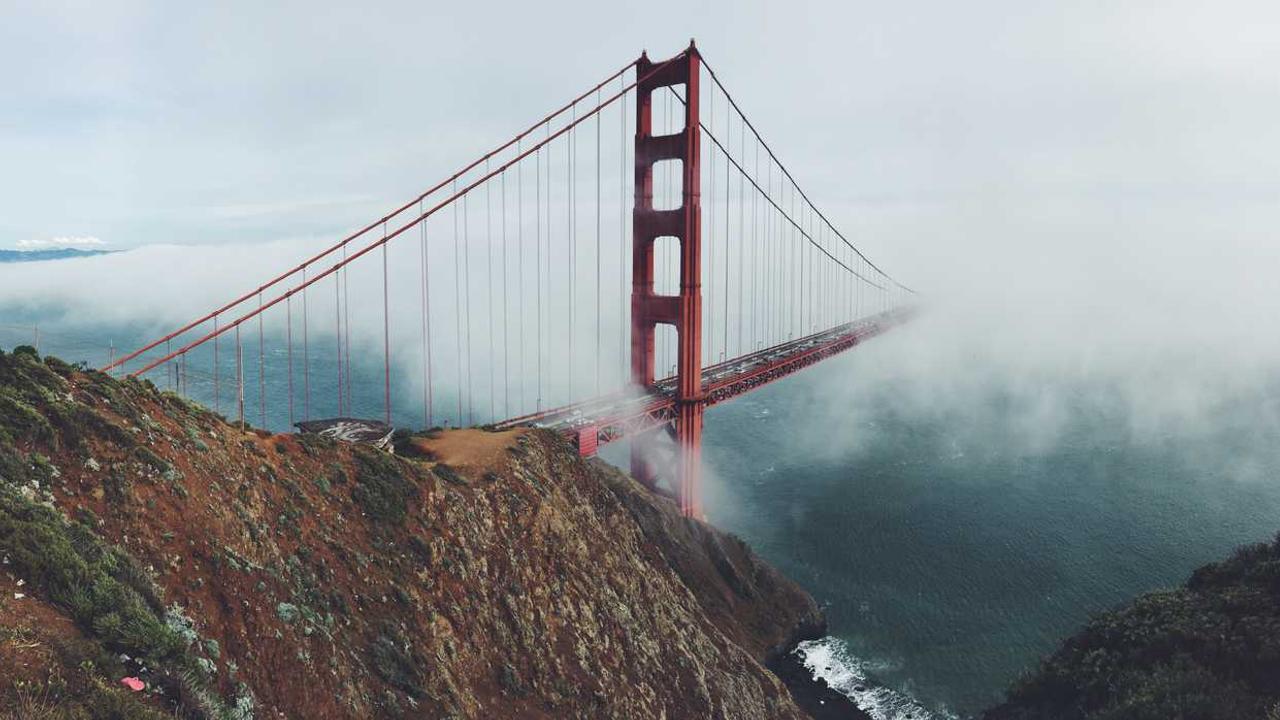Architectural Marvels of Bridges
Feb 14, 2024
Bridges are more than mere structures; they are symbols of human ingenuity, connecting not only physical landscapes but also cultures, economies, and ideas. In this exploration of the “Architectural Marvels of Bridges,” we embark on a journey across continents and centuries to marvel at the engineering feats and artistic brilliance behind some of the world’s most iconic bridges.
From the graceful arches of ancient Roman aqueducts to the sleek lines of modern suspension bridges, the evolution of bridge design reflects the advancements in technology and the shifting aesthetics of the times. Each bridge tells a story of innovation and ambition, a testament to humanity’s desire to overcome geographical barriers and unite disparate lands.
One of the most iconic bridges in the world is the Golden Gate Bridge in San Francisco, California. Completed in 1937, this suspension bridge spans the Golden Gate Strait, connecting the city of San Francisco to Marin County. Its distinctive orange-red hue and elegant Art Deco design have made it not only a vital transportation artery but also a beloved symbol of the city and an architectural marvel admired worldwide.
In Europe, the Millau Viaduct in France stands as a testament to modern engineering prowess. Completed in 2004, this cable-stayed bridge stretches gracefully across the Tarn Valley, its slender towers reaching for the sky. With its record-breaking height and innovative design, the Millau Viaduct has become an icon of contemporary bridge engineering, blending seamlessly with the natural beauty of its surroundings.
Meanwhile, the ancient city of Venice boasts a network of elegant bridges that have stood the test of time for centuries. The most famous among them is the Rialto Bridge, a marvel of Renaissance architecture that spans the Grand Canal. Built in the late 16th century, this stone bridge with its graceful arches and bustling marketplace has been immortalized in countless works of art, serving as a timeless symbol of Venice’s rich history and cultural heritage.
But bridges are more than just feats of engineering and architecture; they are also catalysts for social and economic development. The Øresund Bridge, linking Denmark and Sweden, has transformed the region by facilitating cross-border trade and tourism, while the Akashi Kaikyo Bridge in Japan has shortened travel times between cities and spurred economic growth along its route.
In conclusion, the architectural marvels of bridges serve as enduring testaments to human creativity, innovation, and perseverance. From ancient aqueducts to modern marvels of engineering, bridges have played a vital role in shaping our world and connecting societies across time and space. As we marvel at these magnificent structures, let us also reflect on the power of bridges to unite us and bridge the divides that separate us.